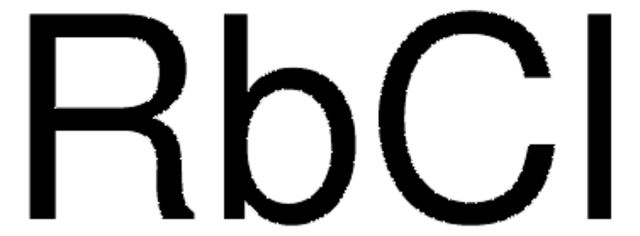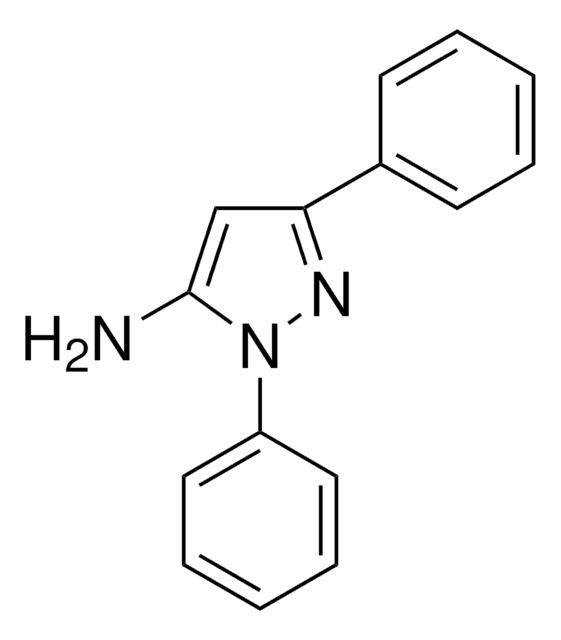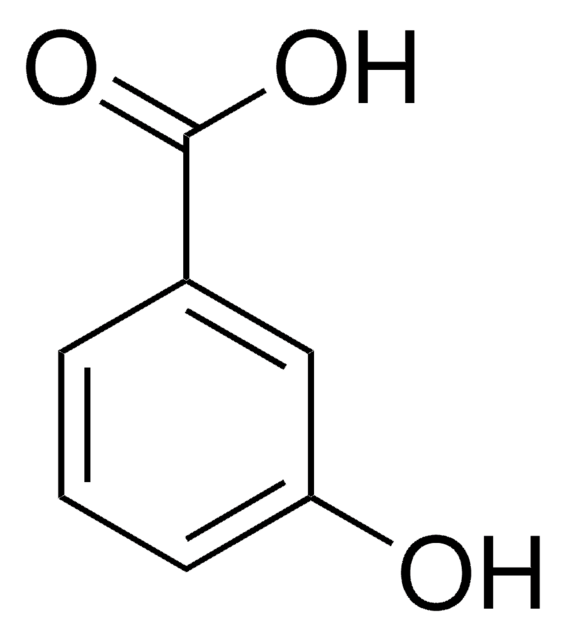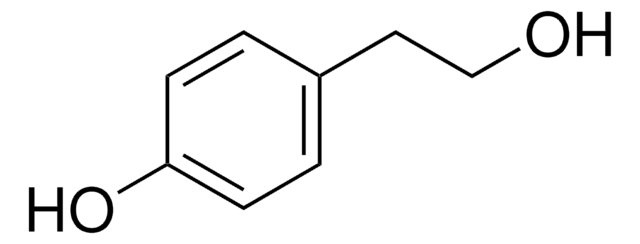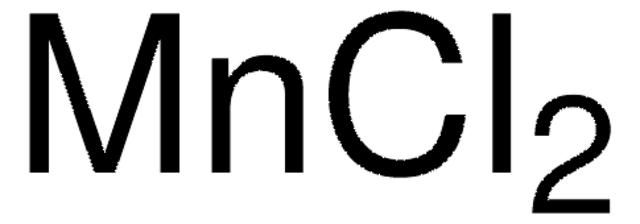204250
Rubidium chloride
99.95% trace metals basis
Sinônimo(s):
Rubidium monochloride, Rubidium(1+)chloride
Faça loginpara ver os preços organizacionais e de contrato
About This Item
Fórmula linear:
RbCl
Número CAS:
Peso molecular:
120.92
Número CE:
Número MDL:
Código UNSPSC:
12352302
ID de substância PubChem:
NACRES:
NA.23
Ensaio:
99.95% trace metals basis
Formulário:
powder and chunks
Produtos recomendados
Nível de qualidade
Ensaio
99.95% trace metals basis
Formulário
powder and chunks
Impurezas
≤550.0 ppm Trace Metal Analysis
pf
715 °C (lit.)
densidade
2.8 g/mL at 25 °C (lit.)
cadeia de caracteres SMILES
[Cl-].[Rb+]
InChI
1S/ClH.Rb/h1H;/q;+1/p-1
chave InChI
FGDZQCVHDSGLHJ-UHFFFAOYSA-M
Procurando produtos similares? Visita Guia de comparação de produtos
Aplicação
- A Study on the Removal of Impurity Elements Silicon and Zinc from Rubidium Chloride by Vacuum Distillation: This research focuses on the purification of rubidium chloride from impurities like silicon and zinc, which is crucial for maintaining the quality and effectiveness of this compound in various applications (Cui et al., 2024).
- Effect of a Rubidium Chloride Carrier Confinement Layer on the Characteristics of CsPbBr3 Perovskite Light-Emitting Diodes: This article explores the impact of rubidium chloride as a confinement layer in light-emitting diodes, enhancing the performance of these devices, relevant for chemists working on advanced materials and electronic devices (Li et al., 2022).
- Rubidium chloride modulated the fecal microbiota community in mice: This research assesses the effects of rubidium chloride on the fecal microbiota in mice, providing insights that could be useful for studies related to gut health and its impact on overall well-being (Chen et al., 2021).
Código de classe de armazenamento
11 - Combustible Solids
Classe de risco de água (WGK)
WGK 2
Ponto de fulgor (°F)
Not applicable
Ponto de fulgor (°C)
Not applicable
Equipamento de proteção individual
Eyeshields, Gloves, type N95 (US)
Escolha uma das versões mais recentes:
Já possui este produto?
Encontre a documentação dos produtos que você adquiriu recentemente na biblioteca de documentos.
Os clientes também visualizaram
Grazyna Bystrzejewska-Piotrowska et al.
Journal of environmental radioactivity, 99(7), 1185-1191 (2008-03-18)
Ex vitro cultures of Pleurotus eryngii were carried out under controlled conditions using sterile medium composed of barley seeds. The influence of alkali and alkaline earth element salts (CsCl, KCl, NaCl, RbCl, and CaCl(2)) and tetraethylammonium chloride on incorporation of
Eiichi Takayama et al.
Journal of molecular and cellular cardiology, 37(2), 483-496 (2004-07-28)
We previously demonstrated that pinacidil does not affect Na(+)(i) accumulation, cellular energy depletion, or acidosis during myocardial ischemia, but dramatically improves the cationic/energetic status during reperfusion. We investigated the role of this latter effect in K(ATP) channel-induced cardioprotection. Employing (23)Na
Amer Alam et al.
Nature structural & molecular biology, 16(1), 30-34 (2008-12-23)
We report the crystal structure of the nonselective cation channel NaK from Bacillus cereus at a resolution of 1.6 A. The structure reveals the intracellular gate in an open state, as opposed to the closed form reported previously, making NaK
Balasundaresan Dhakshnamoorthy et al.
Journal of molecular biology, 396(2), 293-300 (2009-11-26)
The OmpF porin from the Escherichia coli outer membrane folds into a trimer of beta-barrels, each forming a wide aqueous pore allowing the passage of ions and small solutes. A long loop (L3) carrying multiple acidic residues folds into the
Takuro Hayashi et al.
Acta crystallographica. Section F, Structural biology and crystallization communications, 65(Pt 10), 1007-1010 (2009-10-24)
Small heat-shock proteins (sHsps) bind and stabilize proteins denatured by heat or other stresses in order to prevent unfavourable protein aggregation. StHsp14.0 is an sHsp found in the acidothermophilic archaeon Sulfolobus tokodaii. A variant of StHsp14.0 was crystallized by the
Nossa equipe de cientistas tem experiência em todas as áreas de pesquisa, incluindo Life Sciences, ciência de materiais, síntese química, cromatografia, química analítica e muitas outras.
Entre em contato com a assistência técnica